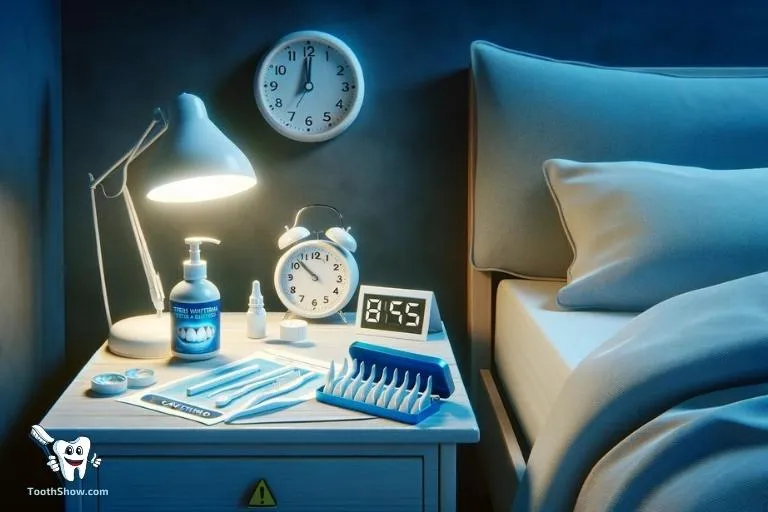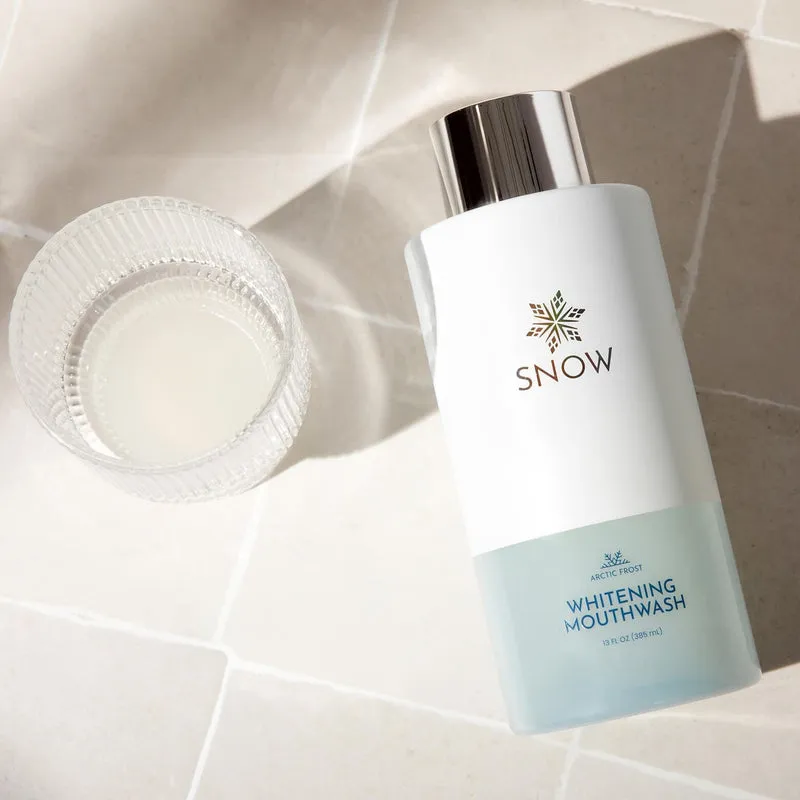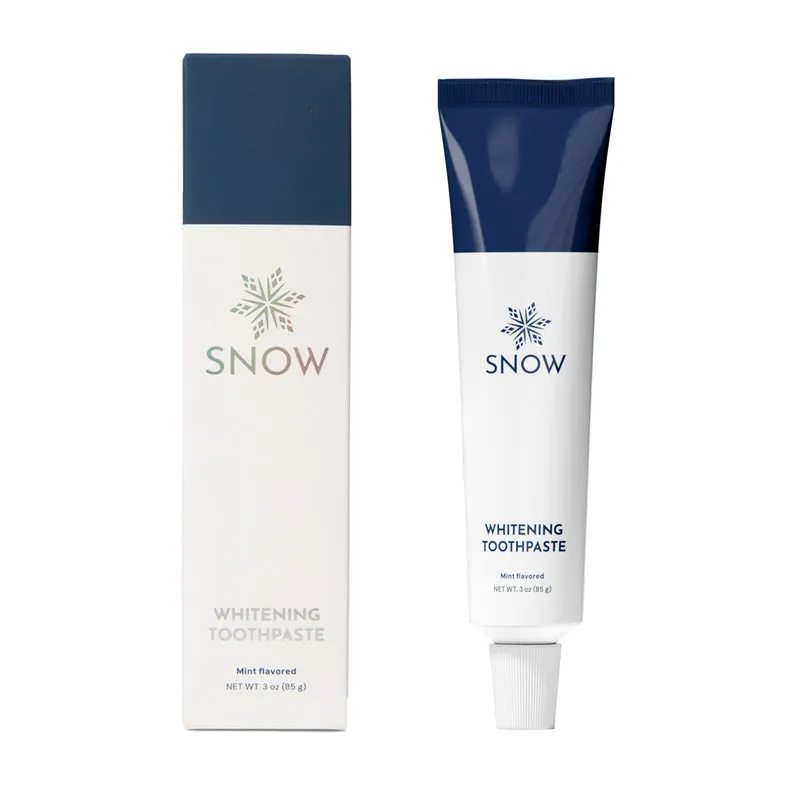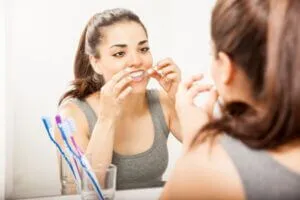Understanding Overnight Whitening Strips
Teeth whitening strips have become a popular, convenient method for achieving a brighter smile. These thin, flexible strips are coated with a peroxide-based whitening agent and are designed to be applied directly to the teeth. But what happens if you leave whitening strips on overnight, far exceeding the recommended time? This article explores the potential dangers and effects of this practice, providing a comprehensive understanding of the risks involved and how to maintain a healthy, dazzling smile.
What Are Whitening Strips
Whitening strips are a form of over-the-counter teeth whitening product designed to be used at home. They typically contain a low concentration of hydrogen peroxide or carbamide peroxide, which acts as the bleaching agent. The strips adhere to the teeth, allowing the whitening agent to come into contact with the enamel surface. These strips are generally easy to use and are marketed as a simple solution for improving the appearance of your teeth. They are readily available in drugstores and online, and have become a staple in many people’s oral hygiene routines.
How Whitening Strips Work

The active ingredients in whitening strips, hydrogen peroxide or carbamide peroxide, penetrate the enamel and break down the stain molecules that cause discoloration. This oxidation process lightens the existing stains, making the teeth appear whiter. The effectiveness of the strips depends on factors such as the concentration of the whitening agent, the duration of application, and the individual’s teeth. While effective, the recommended usage is crucial to avoid potential side effects. The strips are designed for short-term use, usually for 30 minutes to an hour, once or twice a day, depending on the product.
Why Leaving Whitening Strips Overnight Is Risky
Leaving whitening strips on overnight is a significant deviation from the product’s intended use and can lead to several adverse effects. The extended exposure to the whitening agent increases the risk of damaging the teeth and gums. The concentrated chemicals are not meant for prolonged contact, and such misuse can cause more harm than good. This section will delve into the specific risks associated with overnight use.
Increased Sensitivity
One of the most common side effects of overusing whitening strips, especially overnight, is increased tooth sensitivity. The peroxide agents can penetrate the enamel and irritate the nerves within the teeth, making them more sensitive to hot and cold temperatures. This sensitivity can range from mild discomfort to sharp, shooting pains. If you experience this sensitivity, it’s crucial to discontinue use and consult a dentist. Over time, the prolonged exposure can cause significant discomfort.
Gum Irritation

The peroxide in whitening strips can also irritate the soft tissues of the gums. Leaving the strips on overnight increases the chances of the chemicals coming into contact with the gums for an extended period. This can result in inflammation, redness, swelling, and even pain. In severe cases, it can lead to gum recession or other forms of gum damage. It is imperative to avoid contact between the strips and the gums, and overnight use significantly increases the chances of this happening.
Enamel Erosion
Extended use of whitening strips can potentially lead to enamel erosion. Enamel is the hard, protective outer layer of the teeth, and it can be weakened by the peroxide in whitening agents if used excessively. This erosion makes the teeth more susceptible to cavities, decay, and further sensitivity. Damaged enamel cannot be repaired naturally, emphasizing the importance of adhering to product instructions and avoiding overuse.
Other Potential Side Effects
Besides sensitivity, gum irritation, and enamel erosion, other less common side effects can occur. These include changes in the texture of the teeth, a burning sensation in the mouth, and, in rare cases, allergic reactions. Always read the product’s instructions carefully and watch out for any unexpected symptoms. Discontinue use and consult a dentist if you experience any unusual or concerning symptoms.
What to Do If You Accidentally Leave Strips on Overnight

If you accidentally leave whitening strips on overnight, it’s essential to take immediate action to minimize potential damage and discomfort. Here’s a step-by-step guide on what to do.
Remove Strips Immediately
The first thing to do is remove the strips as soon as you realize what has happened. Gently peel them off your teeth and discard them. The longer the strips are in contact with your teeth and gums, the greater the potential for damage. Removing them promptly is the most crucial step in mitigating any adverse effects.
Rinse Your Mouth Thoroughly
After removing the strips, rinse your mouth thoroughly with water to remove any remaining whitening agent. This helps to dilute the chemicals and prevents further irritation to your gums and teeth. Avoid brushing your teeth immediately, as the enamel might be temporarily weakened. Use a soft-bristled toothbrush if needed, but be gentle.
Contact Your Dentist

It is advisable to contact your dentist and explain what happened. They can assess the condition of your teeth and gums and advise you on the best course of action. They may recommend treatments to alleviate sensitivity, soothe gum irritation, or repair any enamel damage. It’s always better to seek professional advice when dealing with dental issues.
Alternative Teeth Whitening Methods
If you’re seeking a brighter smile, there are safer and more effective alternatives to overnight whitening strip use. These alternatives offer similar results while minimizing the risks of side effects.
Professional Whitening Treatments
Professional teeth whitening performed by a dentist is one of the safest and most effective methods. Dentists use higher concentrations of whitening agents under controlled conditions, minimizing the risk of damage. These treatments can include in-office whitening, where the procedure is done in the dentist’s chair, or custom-fitted whitening trays for at-home use, under professional supervision. Always consult with your dentist.
Over-the-Counter Whitening Products

If you prefer at-home options, there are several other over-the-counter products available, such as whitening toothpastes, mouthwashes, and trays. These products usually contain lower concentrations of whitening agents, making them safer for daily use. Always follow the instructions on the product label and avoid overuse to prevent potential side effects.
Maintaining a Bright Smile Safely
Achieving and maintaining a bright, healthy smile requires a balanced approach. Combining professional advice with consistent oral hygiene practices is essential to achieving optimal results. It’s important to understand the risks associated with different teeth-whitening methods, and using them correctly will help you achieve the best outcome.
- Brush your teeth twice a day with a fluoride toothpaste.
- Floss daily to remove plaque and food particles.
- Visit your dentist for regular check-ups and professional cleanings.
- Limit consumption of stain-causing foods and drinks, like coffee, tea, and red wine.
- Avoid smoking and tobacco products.
By following these tips, you can enjoy a brighter smile without compromising your oral health.
